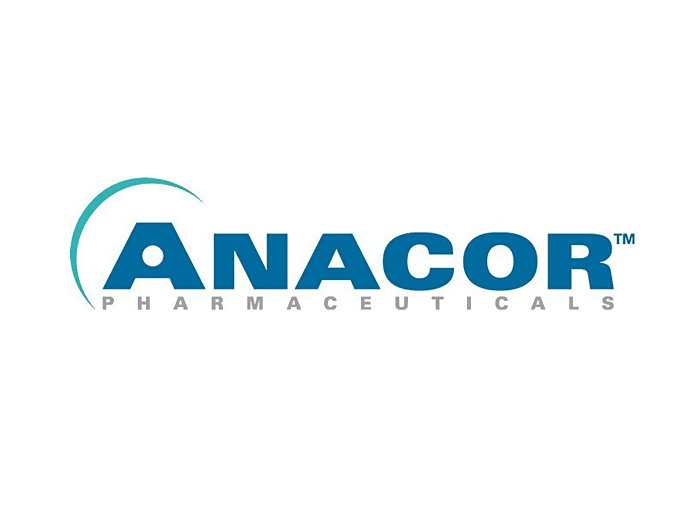
On Monday, July 13, 2015, we heard an Anacor Pharmaceuticals Inc. (NASDAQ:ANAC) topline results announcement from two phase 3 studies of one of the company’s lead pipeline candidates. Premarket, the stock traded from its Friday close a rate of four dollars a share to Monday’s open at $117 a share – a 40% gain, and continue to pick up strength throughout the day, eventually closing at $131 – a 56% gain in what effectively amounts to one US session. A couple of questions face investors going forward, let’s try and answer these by way of an investigation into the company and its potentially successful candidate. First of all, let’s outline the questions. The first is for those who held Anacor stock prior to the announcement and who are now more than 55% up on their position. Should they take some profit or hold on for further gains? The second is for those who do not yet have an exposure to the company. Is the candidate likely to receive FDA approval, and – in turn – is their further upside potential medium to long-term? Let’s take a look.
The treatment in question is a topical ointment called Crisaborole, an anti-inflammatory, non-steroidal PDE-4 inhibitor targeting patients with mild to moderate atopic dermatitis. Also called atopic eczema, atopic dermatitis is a common type of eczema that causes inflammation, cracking, itchiness and pain in patients. The treatment works by inhibiting an enzyme called phosphodiesterase 4 (“PDE-4”), and through this inhibition, reducing the production of what’s called tumor necrosis factor alpha (TNF-alpha). TNF-alpha is widely regarded as one of the primary precursors of inflammatory skin diseases such as psoriasis and eczema, and Anacor hypothesizes that its innovation can also lead to a reduction in severity of the aforementioned atopic dermatitis. So, did the trials support this hypothesis?
Over the past 12 months or so, the company has trialed the treatment across two primary phase 3 pivotal studies, each of which studied in the 750 patients each of ages two years or over. Using an Investigator Static Global Assessment (“ISGA”) score, Anacor targeted a primary endpoint of efficacy, defined by the ISGA score. ISGA is an industry standard scoring method which alters depending on what is being tested. In this instance, the score was based on erythema, which is reddening of the skin caused by irritation and causing dilation of blood capillaries. The score split into two potential results that qualified as meeting the endpoint – 0 meaning clear and 1 meaning almost clear. In the first of the trials, we saw 30.8% of patients achieving one of these two scores, the second 31.4%, versus a vehicle rating of 25.4% and 18% respectively. Regarding secondary endpoints, these also used the same scoring system but did not require the candidates to be a minimum of two base points above starting point. In this instance, we saw results of 51.7% 48.5%, and again, these beat the vehicle alternatives of 40.6% for the first study and 29.7% for the second study. Alongside the release, Paul L. Berns, Chairman and Chief Executive Officer of Anacor said:
“We are extremely pleased by the top-line results from our Phase 3 pivotal studies of crisaborole. We believe there is a significant unmet medical need for a novel non-steroidal topical anti-inflammatory treatment option for the patients who are affected by mild-to-moderate atopic dermatitis.”
The company plans to file a new drug application for the treatment during the first half of 2016, and it is this fact that answers the first of our questions – should current holders remain exposed. The answer, is that it could be worth taking some profit of the table, as a number of other exposures will likely do the same on the basis that we will probably not have too much market moving news over the next seven or eight months. This means that a correction is likely short term at least, and offers the opportunity to take profits now and get in at a discounted exposure once the correction completes. Looking longer-term, with a view to answering the second question, there are about 20 million people suffering from atopic dermatitis in the US, and approximately 90% of these suffer from the disease on a mild-to-moderate level, meaning they are potential candidates for this treatment. While price points have not yet been revealed, it is likely that this treatment would fall under the affordable care act in the US, and – as such – with 20 million patients suffering, it could very easily become a $1 billion candidate for Anacor on approval. With this in mind, the answer to the second question – i.e., does the company have more upside potential going forward – has to be yes. Once again, it may be worth waiting for the inevitable correction as short-term speculative holders take profits of table, and then getting in at a discounted price on a medium to long-term exposure.




